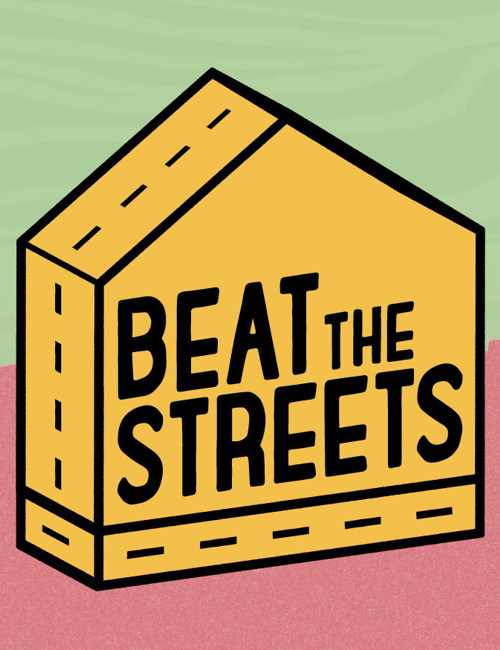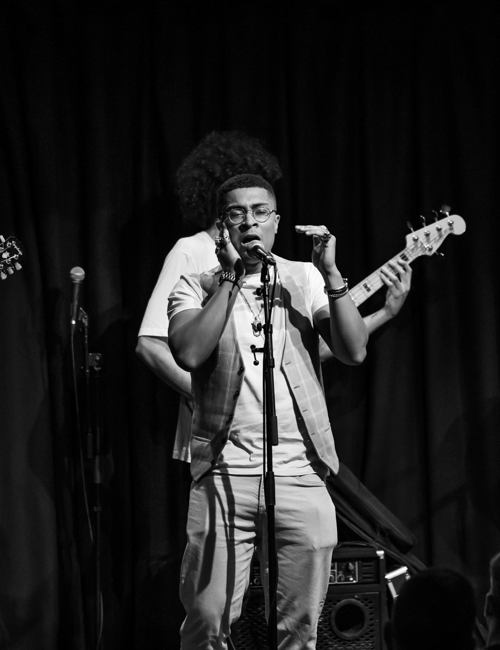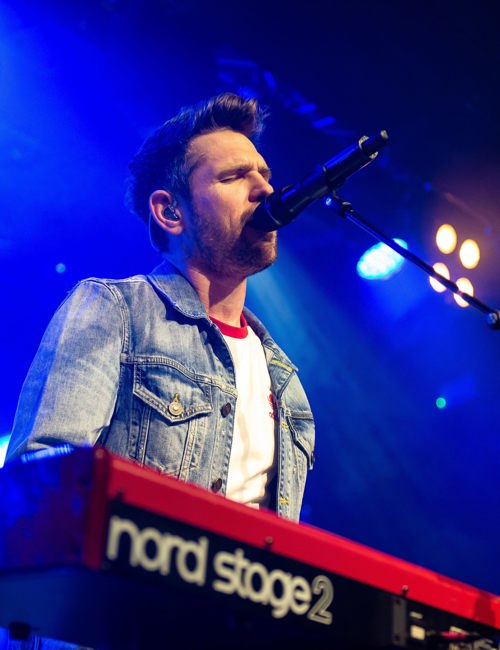We chat to Harry Harrison, founding member of DiY Collective and author of new book Dreaming in Yellow: The Story Of The DiY Soundsystem, which takes a look back at rave culture...

Emerging from Nottingham in the summer of 1989, the DiY Collective were one of the first house sound systems in the UK. Merging the anarchy of the free festival scene and the cultural and political anger of bands like Crass with the new, irresistible pulse of Acid House, they bridged the idealistic void left by the moral implosion of the commercial rave scene. Written by Harry Harrison, one of DiY’s founding members, Dreaming in Yellow traces their origins back to early formative experiences, describing in detail the seminal clubs, parties, festivals and records that forged the collective...
Your new book Dreaming in Yellow tells the story of DiY Sound System. For anyone unfamiliar, can you explain what DiY Sound System is?
Well, a sound system is a mobile set of boxes and amplifiers which can be set up anywhere in order to play music at high volume. In the late eighties, our collective emerged from Nottingham, playing dance music and taking the name DiY. We decided to buy our own sound system in 1990, becoming one of the first house sound systems in the UK, if not the world.
This was at a time in the nineties where there was a lot of anti-rave legislation coming into place. How did DiY react to that?
As we moved from organising inner-city parties around Nottingham, we hooked up with a crew of progressive travellers at Glastonbury and started doing what were some of the very first free parties in the summer of 1990. All the Orbital parties and pay raves were obviously licensed events, but ours were totally outlawed. There was already legislation in place, such as the Public Order Act 1986, which had criminalised some forms of protest and the travellers’ ancient way of life, but the Government needed new powers to deal specifically with parties. The Criminal Justice Act, in particular, actually used the word ‘rave’ and criminalised them. We reacted by moving away from big free festivals to much smaller events in places like Derbyshire so we would not be busted, which worked brilliantly for a while. We were also instrumental in setting up ‘All Systems No’, which was an umbrella organisation to fight the Criminal Justice Bill before it became law. Between ourselves and the other systems, we organised demos and subsidised coaches to London events, printed tens of thousands of flyers and purchased a ‘kamikaze’ sound system - so if it was confiscated by the police, no-one would lose their rig.
A whole generation of people had the time of their lives but also began to think politically
In the description of the book, you say that DiY celebrates the ideology of ‘liberation through fun’. Can you expand on that? Why is raving political?
We did an interview with Chumbawamba, the famous anarchist band, in 1994, and they asked me for a quote. I just came out with that and I’ve liked it ever since. Much like them, we rejected conventional politics. Some of the DiY founder members came from a background of following anarcho-punk bands like Crass. They were overtly political and played beneath slogans like ‘There is No Authority but Yourself’. We agreed with much of what they said but they were very serious, very unfunky, and their music was never going to appeal to a wide cross-section of people. We thought that if you play house music to people and they had fun then it could become liberating, a political act filled with pleasure which might alter people's attitudes towards collectivism, freedom and politics in general. It worked a treat. A whole generation of people had the time of their lives but also began to think politically. As George Clinton said, “Free their mind and their ass will follow.” I don’t think raving is inherently political, it depends where you do it. In a field at dawn for free is definitely political. In 1997 we were named by In the City as “the most dangerous people in the country”, not because of DiY’s physical threat, obviously, but because by doing things for free we were subverting the entire entertainment industry and providing radical new ways to combine party and protest.
I imagine that the underground nature of the Sound System made it all the more exciting. Can you describe what the atmosphere was like at its height?
The underground and illicit vibe was definitely part of the attraction. There was undeniably a huge buzz from evading the police, driving in convoy around country lanes at three in the morning and wondering if you were going to get arrested on the way out. At some of our better parties and clubs, and at huge free festivals such as Castlemorton in 1992, the atmosphere was just unbelievable. We were veterans of the Hacienda and the Blackburn raves, and later parties all over the world, and nothing would ever match the sheer euphoria of being outside dancing with hundreds, or even thousands, of loved-up people.
There was undeniably a huge buzz from evading the police, driving in convoy around country lanes at three in the morning and wondering if you were going toget arrested on the way out
What was it about the music and the vibe that attracted you?
For me, and the other core members and DJs within DiY, house music just seemed to appear from outer space at some point in 1988. As outlined in the book, Rick and I were lucky enough to have moved to Nottingham and we had Graeme Park playing house music at the Garage incredibly early. We attended a night at Rock City called ‘Acid House Frenzy’ in 1988 and it changed our lives forever. We hadn’t even taken ecstasy at that point but the electronic music just blew us away. We had both liked soul, funk and hip-hop but acid house was just something else. The physical rhythm of the music and the way it was mixed seamlessly into something new, never-ending and revelatory just forced you onto the dancefloor. The vibe was just amazing. At our early parties there was just a crazy mix of people; black and white, gay and straight, students, clubbers, crusties, fashionistas. It was just mind-blowing how that music just evaporated barriers.
Dreaming in Yellow is set to come out in March 2022. How did you find the process of writing this history?
Tortuous. I’ve harboured ambitions to be a writer since my teens but, boy, it’s a grind. I’ve written lots of magazine articles over the years but the book was over 90,000 words. I also did about fifteen interviews and endless research, so the process was just enormous and exhausting. I read on the internet somewhere that many writers employed the 1,000 word strategy, where you start by editing the previous day's work then just write a thousand words, or as close as you can get, and then just stop, go out, do whatever and forget about it. Repeat for three months and you have a book.
What can readers expect from the book?
Well, if they buy it they will find out - but essentially it’s a rip-roaring chronology of the nineties rave scene, written from the angle of a bunch of non-conformists who were at the heart of it. It covers the Year Zero of acid house, and the wonderful but slightly unhinged adventures of a crew of house purists from there on. It explains the visceral excitement of the huge events that marked the era, such as Castlemorton, and details the wild times of those days in full, glorious detail.
Dreaming in Yellow: The Story Of The DiY Soundsystem by Harry Harrison will be released by Velocity Press on Wednesday 23 March
We have a favour to ask
LeftLion is Nottingham’s meeting point for information about what’s going on in our city, from the established organisations to the grassroots. We want to keep what we do free to all to access, but increasingly we are relying on revenue from our readers to continue. Can you spare a few quid each month to support us?




